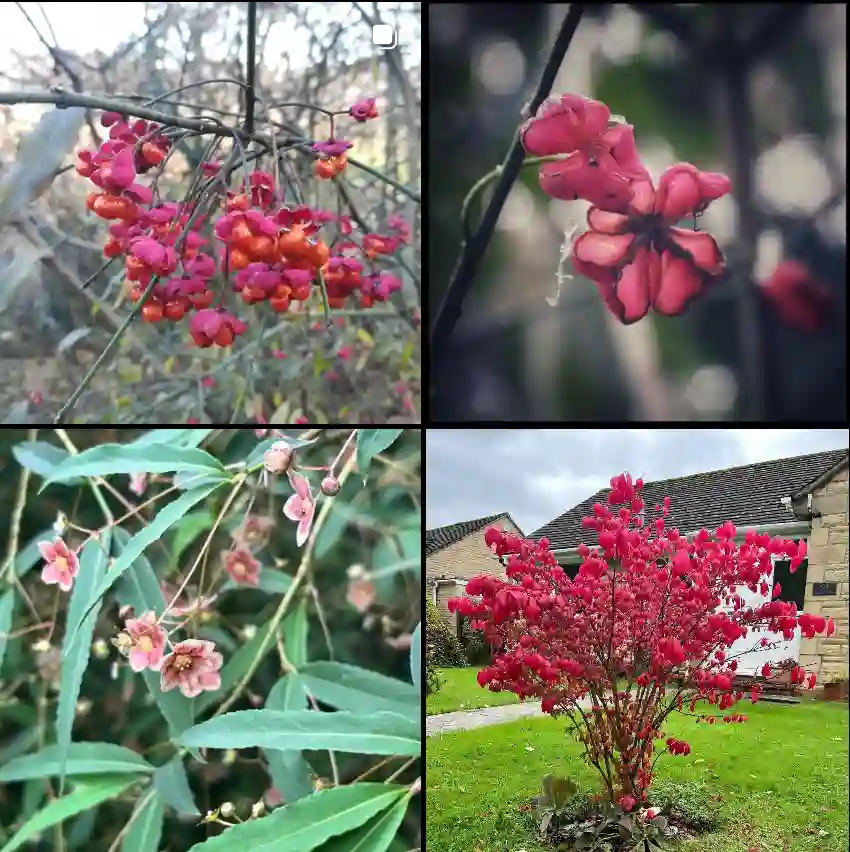
The Allure of the Blue Chalksticks: My Journey with Senecio Mandraliscae
Few plants have captivated me quite like the Senecio Mandraliscae, synonym of Curio talinoides var. mandraliscae. Often nicknamed “Blue Chalksticks,” this South African succulent boasts an otherworldly beauty with its silvery-blue, finger-like leaves. It wasn’t just the aesthetics that drew me in, though. The Senecio Mandraliscae offered a challenge, a chance to nurture a unique and somewhat temperamental specimen.
Over the years, I’ve cultivated a deep appreciation for this succulent, and through trial and error, I’ve unlocked the secrets to keeping it thriving. In this article, I’ll share my experiences and provide a comprehensive guide for anyone looking to embark on their own Senecio Mandraliscae adventure.
17 Species in Genus Curio
What is Senecio Mandraliscae?
Before diving into care, it’s important to understand the Senecio Mandraliscae’s natural habitat. This succulent hails from the dry, sunny slopes of South Africa. This translates to a plant that thrives in bright light, well-draining soil, and prefers moderate temperatures.
This succulent is technically classified as a perennial, but in colder climates, it’s often grown as an annual. While some sources claim it can reach up to 18 inches tall, in my experience, it tends to stay closer to the 12-inch mark. The true showstopper is the foliage. Those fleshy, blue-gray leaves, dusted with a fine white powder (farina), create a captivating textural element.
Senecio Mandraliscae vs Serpens
I’ve found Senecio Mandraliscae to be a standout in my collection, with its striking, deep blue-green color and smooth, cascading growth that really adds a touch of elegance to my space. In contrast, Senecio Serpens, while also charming, has a slightly more compact growth habit and a more muted blue-green hue, which doesn’t pop quite as much as the Mandraliscae.
Senecio Mandraliscae vs Vitalis
When comparing Senecio Mandraliscae to Vitalis, the Mandraliscae’s leaves are much more fleshy and robust, making it a bit more resilient to occasional neglect. On the other hand, Senecio Vitalis has a finer texture and tends to spread out more, which I’ve found great for creating a fuller look in arrangements but less durable under dry conditions.
How to Choose a Healthy Senecio Mandraliscae?
When selecting your Senecio Mandraliscae, opt for a plant with firm, plump leaves. Avoid any specimens with signs of wilting, discoloration, or pests. The pot should also have drainage holes, and the soil shouldn’t feel soggy.
How to care for Senecio Mandraliscae?
Light: As mentioned earlier, light is crucial for this succulent’s happiness. Aim for at least 6-8 hours of bright, indirect sunlight per day. South-facing windows are ideal, but be mindful of harsh afternoon sun in hot climates.
Soil: Drainage is paramount. Opt for a well-draining cactus or succulent mix. You can also create your own by combining potting soil with perlite or sand.
Watering: Here’s where things get interesting. The Senecio Mandraliscae thrives on the “soak and dry” method. Water deeply until water runs out the drainage holes, then allow the soil to dry completely before watering again. Overwatering is the enemy here, so it’s better to err on the side of underwatering.
Temperature: This succulent prefers moderate temperatures, ideally between 65-75°F (18-24°C). It can tolerate short periods of heat or cold, but avoid exposing it to freezing temperatures.
Helping Your Senecio Mandraliscae Flourish
Fertilizing: While not strictly necessary, a light feeding during the growing season (spring and summer) with a balanced fertilizer diluted to half strength can give your Senecio Mandraliscae a boost.
Pruning: This succulent doesn’t require heavy pruning, but you can trim leggy stems or remove dead leaves to maintain a neat appearance.
Potential Challenges and Solutions
Pests: Mealybugs and aphids can occasionally target your Senecio Mandraliscae. Neem oil spray is a natural and effective solution.
Leggy Growth: If your plant gets leggy and lacks compact growth, it’s likely not receiving enough light. Move it to a brighter location.
Propagating Your Senecio Mandraliscae: Sharing the Blue Magic
The good news is that Senecio Mandraliscae is relatively easy to propagate from stem cuttings. Take a healthy stem section with a few leaves, allow the cut end to callous over for a day or two, then plant it in a pot with well-draining soil. Keep the soil slightly moist and provide bright, indirect light. With patience, you’ll soon have new Senecio Mandraliscae gracing your windowsill.
Companions for Your Blue Chalksticks: What to Plant With?
The Senecio Mandraliscae’s unique color and texture make it a versatile companion for other drought-tolerant plants. Consider pairing it with succulents like Echeverias, Crassulas, or Aloes. You can also create a stunning container arrangement by combining it with trailing plants like String of Pearls or Burro’s Tail.
The Senecio Mandraliscae’s journey with me has been a rewarding experience. It’s a plant that teaches patience, observation, and the delicate balance between neglect and care.
If i die, water my plants!



